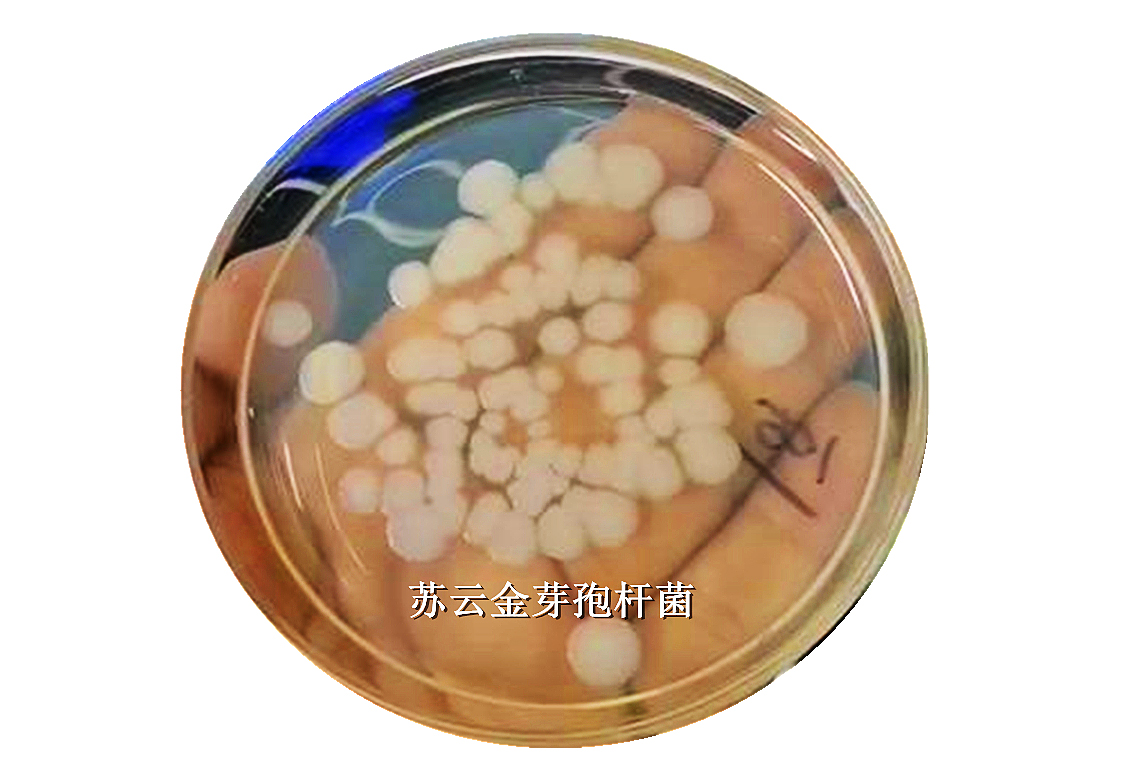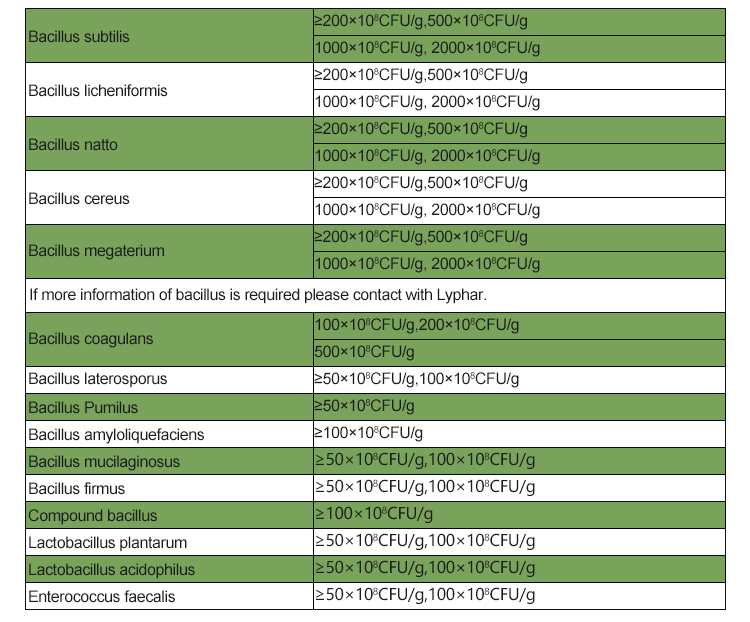Bacillus thuringiensis (Bt) is a soil-dwelling bacterium that is widely used as a biological pesticide. Here’s an overview of its origin, nature, and introduction:
Origin of Bacillus Thuringiensis
- Discovery: Bacillus thuringiensis was first identified in 1901 by the German microbiologist Ernst Berliner, who found it in the gut of a diseased caterpillar. It was later recognized for its insecticidal properties.
- Natural Habitat: Bacillus thuringiensis is commonly found in soil and in the intestines of insects. It has been isolated from various environments worldwide.
Nature of Bacillus Thuringiensis
- Bacterial Characteristics: Bacillus thuringiensis is a Gram-positive, rod-shaped bacterium that forms spores. It is known for producing crystalline proteins (Cry proteins) that are toxic to specific insect larvae, primarily moths and butterflies (Lepidoptera).
- Mechanism of Action: When ingested by susceptible insects, these Cry proteins are activated in the alkaline environment of the gut, leading to the formation of pores in the gut lining, resulting in paralysis and death of the insect.

Introduction of Bacillus Thuringiensis
- Pesticide Use: Bacillus thuringiensis was commercialized as a biopesticide in the 1950s and is now used extensively in agriculture to control various pests while being relatively safe for non-target organisms, including humans and beneficial insects.
- Genetic Engineering: Bacillus thuringiensis genes have been incorporated into genetically modified (GM) crops (e.g., Bt cotton, Bt corn) to confer resistance to specific pests, reducing the need for chemical insecticides.
- Environmental Impact: Bacillus thuringiensis is considered environmentally friendly due to its specificity to target pests and its degradation in the environment.
Overall, Bacillus thuringiensis has become an important tool in sustainable agriculture and integrated pest management.
Potential Benefits of Bacillus Thuringiensis
Bacillus thuringiensis (Bt) is a bacterium that is widely used in agriculture and pest management. Here are some potential benefits:
- Biopesticide: Bacillus thuringiensis produces proteins toxic to specific insect pests, making it an effective natural insecticide. It’s particularly useful against caterpillars, beetles, and some fly larvae.
- Environmentally Friendly: Being a natural organism, Bacillus thuringiensis is considered safer for the environment compared to synthetic pesticides. It has minimal impact on non-target species, including beneficial insects like bees and ladybugs.
- Resistance Management: Using Bacillus thuringiensis can help delay the development of resistance in pest populations when integrated into a broader pest management strategy.
- Organic Certification: Many Bacillus thuringiensis products are approved for use in organic farming, allowing growers to control pests without synthetic chemicals.
- Reduced Chemical Residue: Since Bacillus thuringiensis is a natural product, it typically leaves lower chemical residues on crops compared to conventional pesticides.

- Targeted Action: Bacillus thuringiensis is highly specific in its action, meaning it targets only certain pest species while leaving other organisms unharmed.
- Soil Health: Some studies suggest that Bacillus thuringiensis can contribute to soil health by promoting beneficial microbial communities.
- Variety of Formulations: Bacillus thuringiensis is available in various formulations, including sprays and granules, making it versatile for different agricultural practices.
Overall, Bacillus thuringiensis offers a sustainable approach to pest management with numerous ecological and agricultural benefits.
